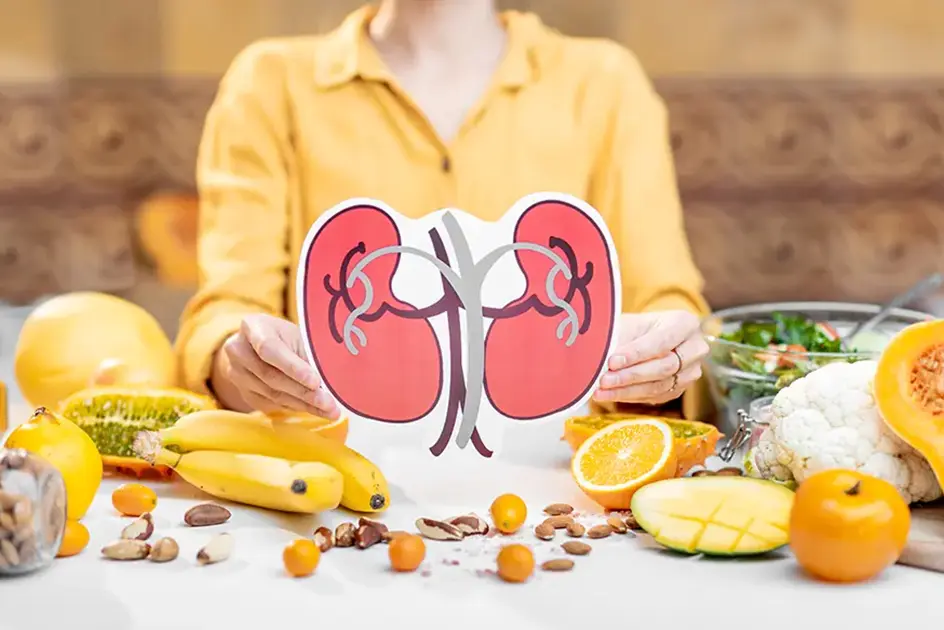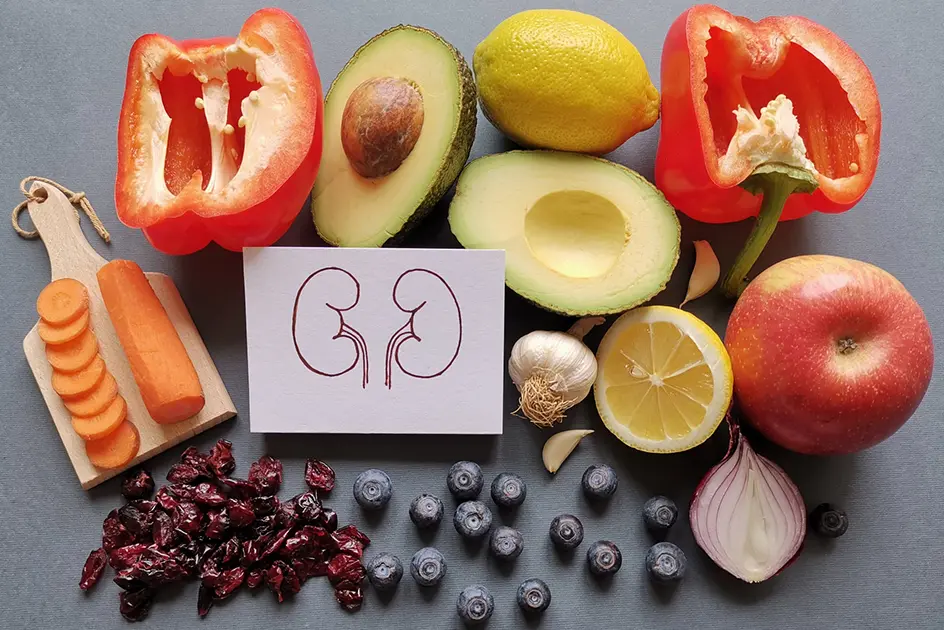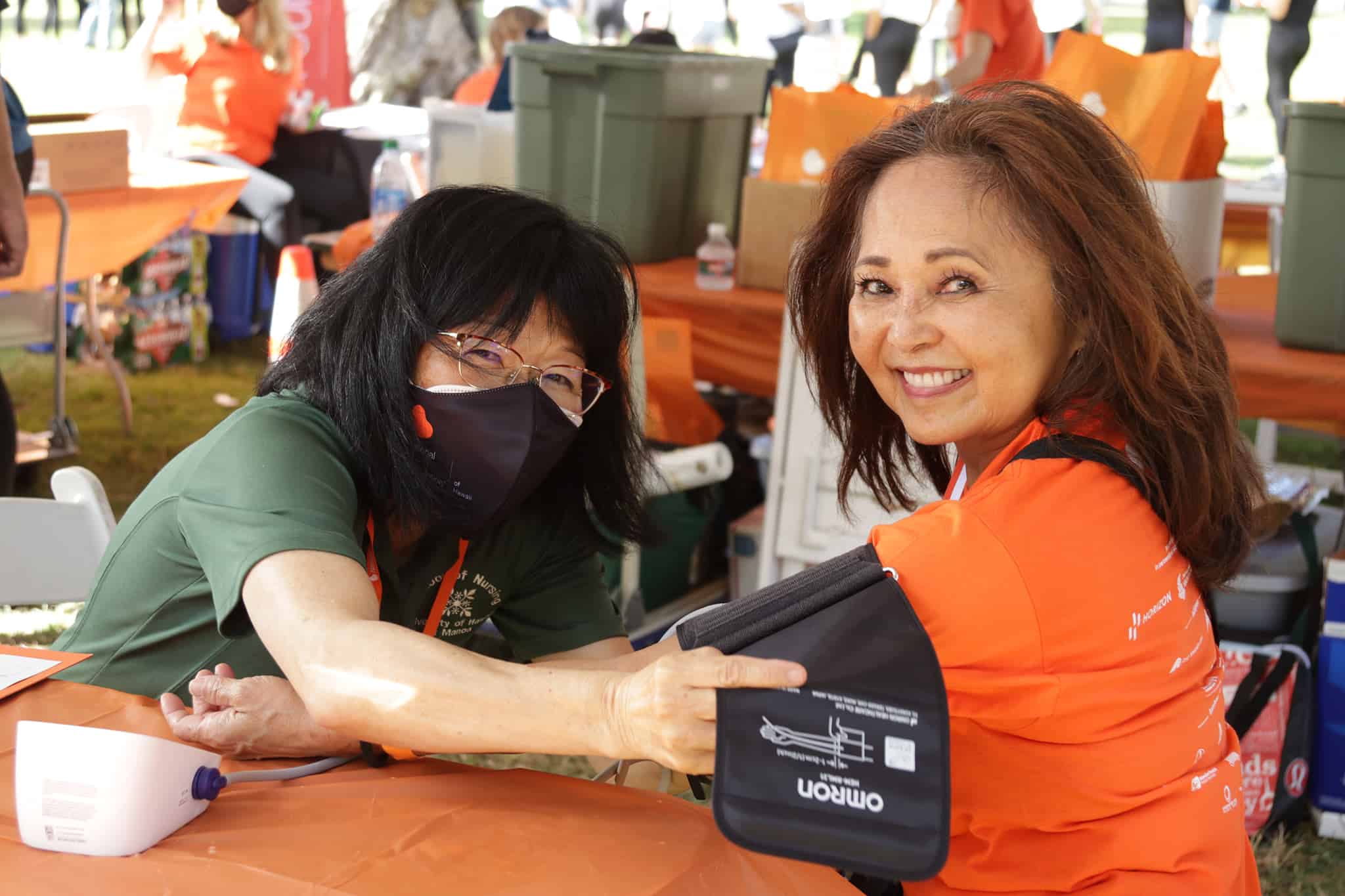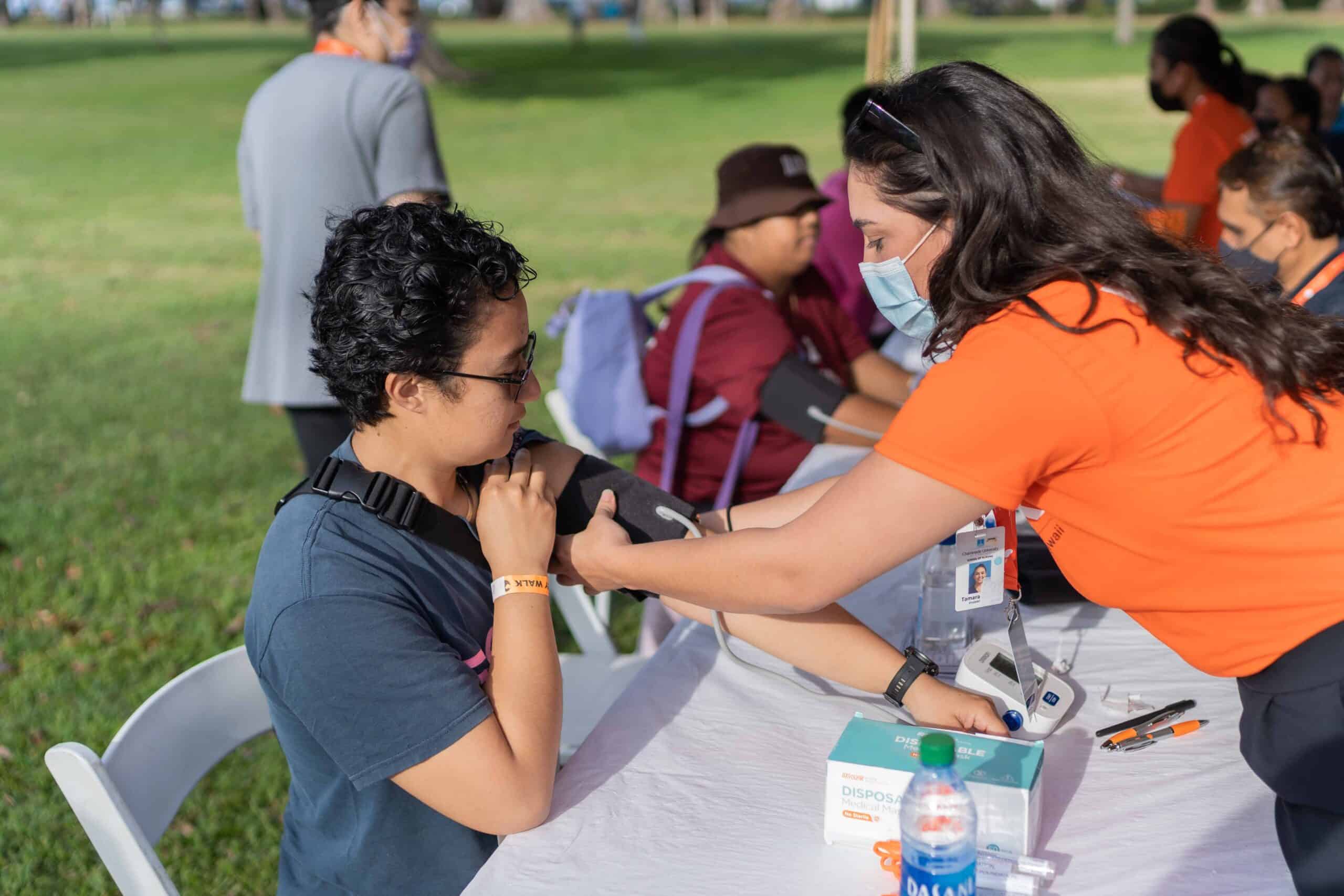Phosphorus is an abundant and essential mineral in the human body. We need phosphorus from our diet because it's necessary for all cell functions, works with calcium to build strong bones, and helps with energy production, among many other vital roles. Although we need to eat some phosphorus in our diet since it's so essential to our bodies, phosphorus levels sometimes become too high when the kidneys aren't filtering as well due to chronic kidney disease. When this happens, your medical team may ask you to restrict phosphorus in your diet, which is a significant lifestyle change. Learn more about how phosphorus levels affect people with kidney disease and how to manage your levels in your diet below.
Why should I worry about my phosphorus intake?
If levels of phosphorus in your blood become too high, that's known as hyperphosphatemia. It happens more often in later stages of kidney disease. Hyperphosphatemia is associated with many complications, including:
- issues with bone loss
- increased risk of breaking bones
- cardiovascular problems
Some people also experience itchy skin when their phosphorus levels are high.
Your doctor might prescribe a medicine to help control the phosphorus level in your blood, called phosphate binders. If you have high phosphorus levels, though, you'll likely still need to monitor what you eat to keep the levels in check.
Foods and drink choices to manage phosphorus
Food labels in the United States aren't required to tell you how much phosphorus a packaged product contains, so it can be hard to know if a food you're eating is ok for you or not. The food lists below serve as a quick guide to help you get started. Note that starting a phosphorus restriction can be challenging at first, and the list below isn't complete.
Check with a registered dietitian if you're unsure how to make this change work for you, or for guidance on continuing to enjoy your favorite foods in smaller portions. For example, you may be able to continue to eat Spam or sausage with your breakfast if you keep the portion size small. You can balance a meal with a small serving of a high-phosphorus processed food (such as Spam or sausage) with low-phosphorus choices, such as white rice and scrambled eggs.
High phosphorus foods and drinks
- Cow's milk and milk products, like cheese, cream, yogurt, custard, pudding
- Chocolate
- Dark cola sodas and pepper sodas
- Processed meats: Spam, deli meats, hot dogs, bacon, sausage
- Pizza
- Fish with edible bones, such as sardines
Lower phosphorus choices
- Rice or almond milk
- White rice
- White bread and pasta
- Fresh fruits and vegetables
- Unsalted popcorn
- Popsicles
- Ginger ale, lemon lime soda
- Coffee or tea (if brewed fresh and not with added preservatives)
- Low potassium juice, like cranberry or apple juice
- Chicken, turkey, fish, beef, pork, eggs
Consider the phosphorus source
In recent years, the medical community has started to talk about which foods have higher bioavailable or bioaccessible phosphorus. Some plant foods, such as vegetables, whole grains, beans, and nuts and seeds, are rich sources of phosphorus. They sometimes appear on high phosphorus food lists.
However, less of the phosphorus in the plant foods is typically bioavailable or bioaccessible, which means less phosphorus is digested and broken down compared to animal sources or food additives. Therefore, plant sources are less of a concern than animal foods, like processed meats or foods with phosphorus additives.
Phosphorus additives absorb into your bloodstream and body at a much higher rate than phosphorus found naturally in foods. Additives are often found in processed cheeses, processed meats, packaged cereals and grain products, and items that contain modified corn starch or leavening agents.
Read packages and avoid ingredients that contain the words "phos" or "phosphate" as much as possible. Examples include:
- Disodium phosphate
- Dicalcium phosphate
- Trisodium phosphate
- Phosphoric acid
- Tetrasodium pyrophosphate
Managing phosphorus when eating outside of the home
Ideally, we'd all cook from scratch as much as possible so we know what's in our food, but that's not always possible, especially if you're not feeling good. If you're eating out at a restaurant or at someone else's home, try some of these tips:
- Try to eat simple meals. Choose a baked or grilled protein source (about the size of a deck of cards), a vegetable, and a starchy food or lower potassium fruit. Avoid dishes with a lot of cream and/or cheese, bacon and sausage, and processed foods from packages. At a fast food restaurant, this could look like a single-patty hamburger with no cheese on a bun, with a side salad and a water or lemon lime soda.
- Watch your portion sizes. Restaurant servings are often multiple times bigger than the true serving size, so try to eat less than what the restaurant serves you. You can save the rest for later or share it with a family member. If you're still hungry, consider adding a low-phosphorus side to fill up more, such as white rice or pasta, stir-fried vegetables or cabbage, or a side salad with a vinegar and oil-based dressing.
- Avoid processed foods. They often contain added phosphorus, so read the ingredients on the food label, looking for the word "phos" in any of the ingredients.
- Stay away from dark sodas. Drinks are a sneaky source of phosphorus. Water is best, but choose low potassium juices or light sodas if you're craving a more special drink.
- Take your phosphate binders with you. If your medical team recommends binders to help lower your phosphorus levels, take them with your meals as prescribed by your medical team. Keep some in a small container in your bag when you leave your house so they're always handy.
Bottom Line
Phosphorus plays many vital roles in the human body, and it's found in most of the foods we eat. If you have kidney disease, you might need to follow restrictions, and managing phosphorus intake takes dedication and some knowledge. Use some of these tips to help you, but if you need individualized support or help getting started, contact a registered dietitian.















